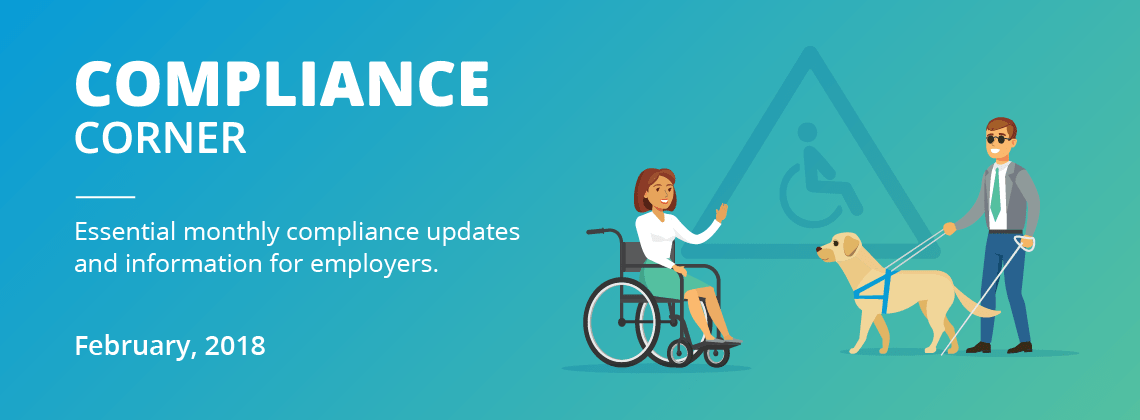ADA Reasonable Accommodation: 7 Common Mistakes to Avoid During the Accommodation Process


Paul Kramer
Director of Compliance
The Americans with Disabilities Act (ADA) requires employers to provide reasonable accommodations to qualified individuals with disabilities, if the accommodations do not impose “undue hardship” on the employer. A reasonable accommodation is any modification to the workplace or the way things are customarily done that affords equal employment opportunity to employees and applicants with disabilities. The ADA reasonable accommodation process can be perplexing, with mistakes often resulting in unwelcome and costly litigation. Below is a list of seven common mistakes employers should avoid during the ADA reasonable accommodation process.
Not realizing that a request for an accommodation has been made.
An employee must generally request a workplace accommodation relating to a medical condition, but no magic words are necessary in making the request. Employers should create and distribute a reasonable accommodation policy to their employees informing them how to request an accommodation. Such a policy will protect your worker’s ADA rights and demonstrate your commitment to individuals with disabilities.
Permitting front-line supervisors and managers to evaluate accommodation requests.
Supervisors and managers should be trained to refer all accommodation requests to the appropriate HR representative. Consolidating accommodation requests in a single person or unit ensures that the request is being handled by a properly trained and experienced individual which usually results in legal compliance.
Delaying a response to an accommodation request.
Although the ADA does not set a specific time frame for responding to an accommodation request, any unnecessary delay may result in failure to accommodate or retaliation claims. Consequently, employers should begin the reasonable accommodation process as soon as a request is received.
Digitalize Compliance Processes to Reduce Risk
Learn more effective ways to demonstrate compliance with the complex matrix of labor laws, while also keeping costs down and reducing risks.
Discontinuing the interactive process because a reasonable accommodation is not obvious.
Once a request for an accommodation is made, the next step is for the employer and employee to enter a collaborative effort to evaluate the precise limitations created by a disability and determine what, if any, accommodation can be provided. This interactive process takes effort and should not be abandoned simply because a reasonable accommodation is hard to find or a request seems unreasonable.
Failing to consider novel accommodation requests.
Merely because an accommodation has never been used before by an employer does not mean it is unreasonable. It is the employer’s responsibility to investigate all potential accommodations.
Failing to recognize the relationship between the ADA and FMLA.
A disability under the ADA commonly qualifies as a serious health condition under the FMLA, bringing into play many FMLA regulations.
Inadequately documenting the entire accommodation process.
Properly documenting the accommodation process, including reasons for denying a request, often provides a valuable defense for employers in the event of litigation.
Check in with your employees.
An employer’s obligation to reasonably accommodate an employee with a disability is an ongoing process which can change over time as an employee’s disability or job duties change. Once an accommodation has been made, employers should not just assume everything is fine because the employee is not complaining. It is important to check in regularly with the employee to make sure the accommodation remains effective.

